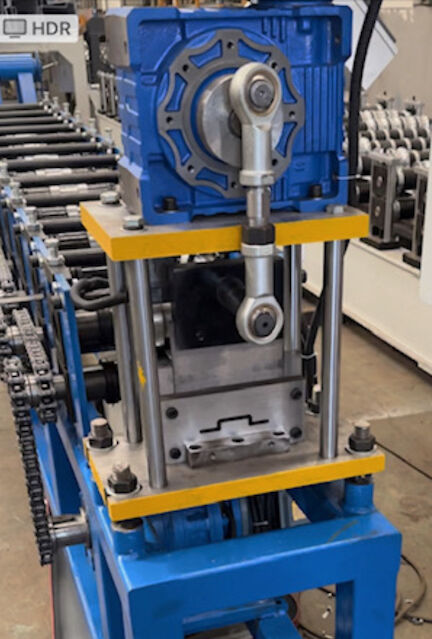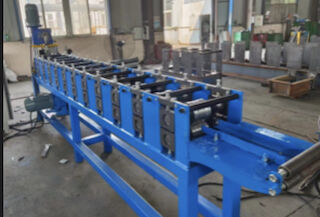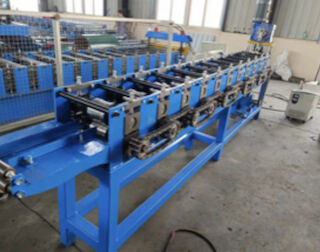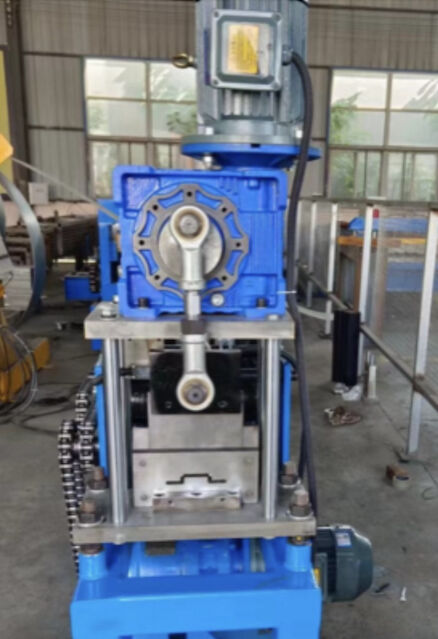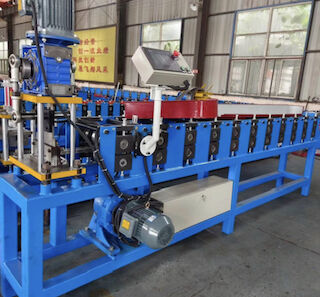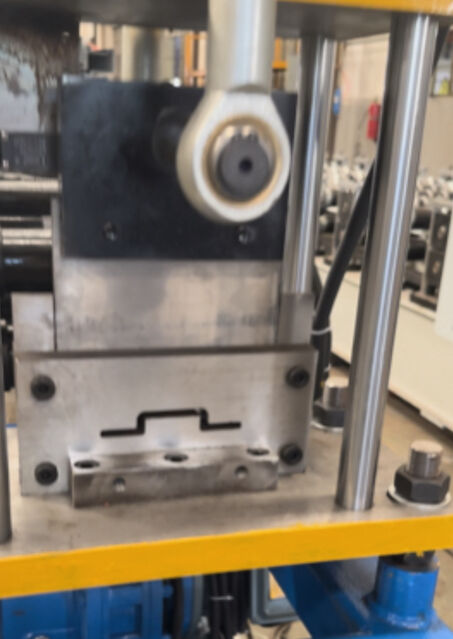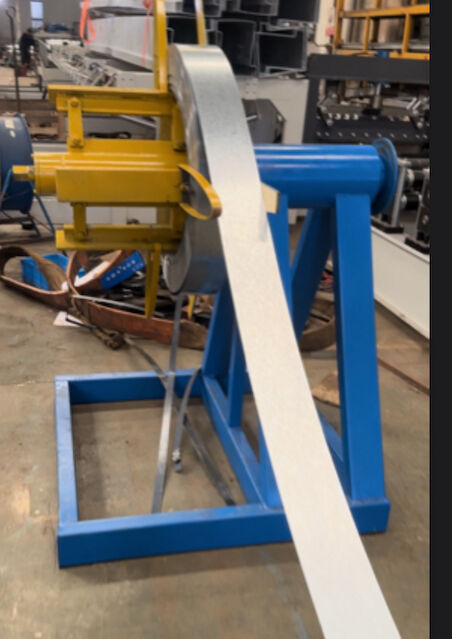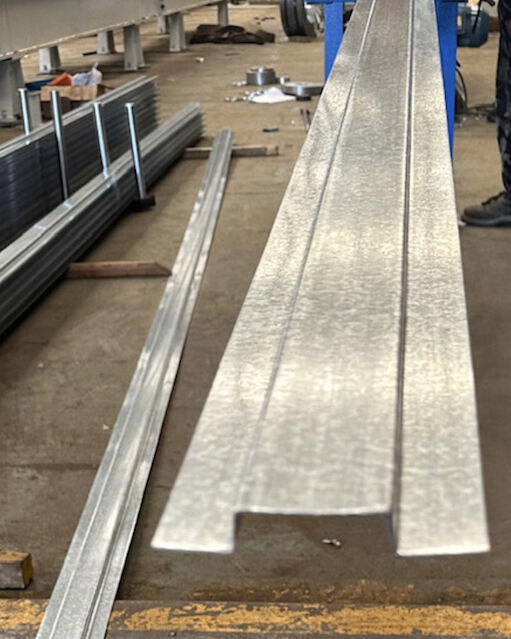Hat Channel Roll Former
Get a Quote
Send us a message and we’ll get back to you shortly.
Hat Channel Roll Forming Machine Specification
- Weight: 2500lbs
- Profile: 1" x 2" x 1" - 1/2"deep
- 40ft per minute
- Machine size: 18ft x 3 x 5ft
- Power: electric 240v three phase 60 Hz
- materials:
- Speed:
- Electric shear
Hat Channel Machine Description
A Hat Channel Roll Forming Machine is a piece of industrial equipment used in the manufacturing of hat channels, which are commonly used in construction and other industries. Hat channels are typically shaped like the letter "U" or a hat, hence the name, and they are used as structural support or framing components in various applications, including in walls, ceilings, and roofs.
The roll forming process involves feeding a continuous strip of metal (usually steel or other metals) through a series of rollers and dies that gradually shape the metal into the desired profile. In the case of hat channels, the roll forming machine is designed to create the U-shaped or hat-shaped cross-section by bending the metal strip accordingly.
Here are some key features and components of a Hat Channel Roll Forming Machine:
- Entry and Feeding System: The machine typically includes an entry system that allows the metal strip to be loaded and fed into the roll forming section.
- Roll Forming Stations: These are the heart of the machine, consisting of a series of rollers and dies arranged in a sequence. Each station performs a specific shaping operation on the metal strip. For hat channels, the stations will gradually bend the strip into the desired profile.
- Cutting Mechanism: After the metal strip has been formed into the hat channel shape, a cutting mechanism is often included to cut the channel into the desired lengths.
- Control System: Modern roll forming machines are equipped with computerized control systems that allow operators to set various parameters, such as the dimensions of the hat channel, the speed of the process, and other factors.
- Material Handling and Output: Finished hat channels are typically discharged from the machine onto a conveyor or other material handling system for further processing or packaging.
Hat Channel Roll Forming Machines are used in various industries, including construction, automotive, and manufacturing, where hat channels are needed as structural or framing components. These machines can produce hat channels with consistent dimensions and high production rates, making them an essential part of many production processes. The specific design and capabilities of a Hat Channel Roll Forming Machine can vary depending on the manufacturer and the requirements of the application.
Hat Channel Profile
A hat channel profile, also known simply as a "hat channel," is a type of metal framing or support component commonly used in construction and various industrial applications. It is named "hat channel" due to its distinctive shape, which resembles the letter "U" or a hat when viewed in cross-section.
Key characteristics of a hat channel profile include:
- U-Shaped Cross-Section: Hat channels have a U-shaped or channel-like cross-section. This shape provides strength and stability while allowing for efficient use of material.
- Thin Gauge Metal: Hat channels are typically made from thin gauge metal, such as steel or aluminum. The specific thickness can vary depending on the intended application and load-bearing requirements.
- Versatile Application: Hat channels are used for a wide range of purposes in construction and industrial settings. They are commonly used to frame walls, support ceilings, create substructures for drywall or insulation, and provide reinforcement for various building components.
- Lightweight: Due to their thin gauge construction, hat channels are relatively lightweight compared to solid beams or other framing materials, making them easier to handle and install.
- Durability: Hat channels are known for their durability and resistance to bending or warping under load. They are often used in situations where structural stability is essential.
- Customizable Lengths: Hat channels are typically available in various lengths, and they can be cut to the desired size on-site or provided in custom lengths to suit specific project requirements.
- Mounting Options: Hat channels can be attached to walls, ceilings, or other surfaces using screws, bolts, or other fasteners. They can also be used as a mounting surface for various fixtures and equipment.
- Sound and Thermal Insulation: Hat channels are sometimes used as part of soundproofing or thermal insulation systems. They can be combined with insulation materials to create an air gap that enhances sound and thermal insulation properties.
Hat channel profiles come in different sizes and configurations to meet various structural and architectural needs. The specific dimensions and thickness of a hat channel can vary based on factors such as the intended load-bearing capacity and local building codes.
Overall, hat channel profiles are versatile, cost-effective, and widely used in the construction industry for framing and support purposes. They provide an efficient way to create stable structures while minimizing material usage.
